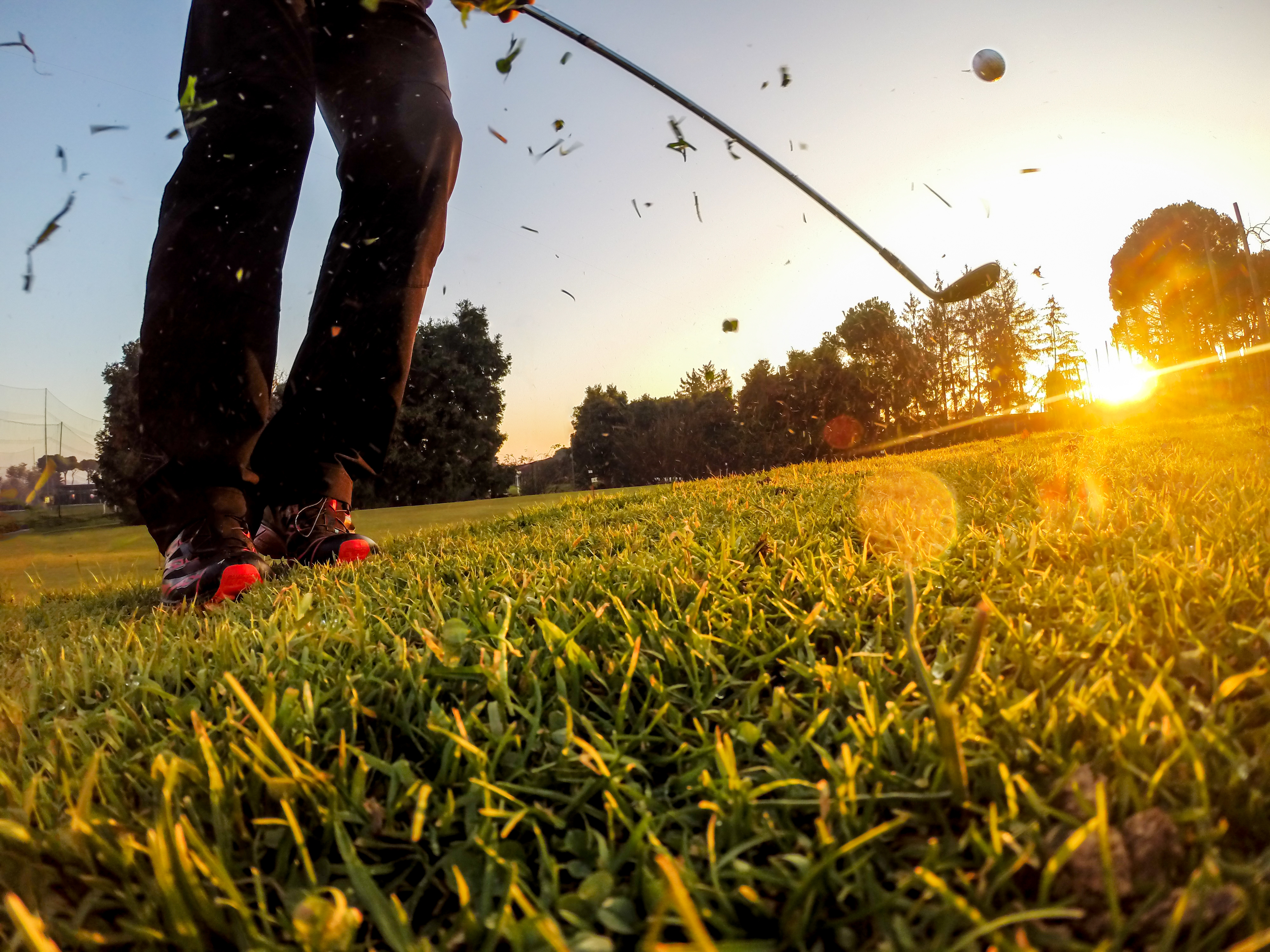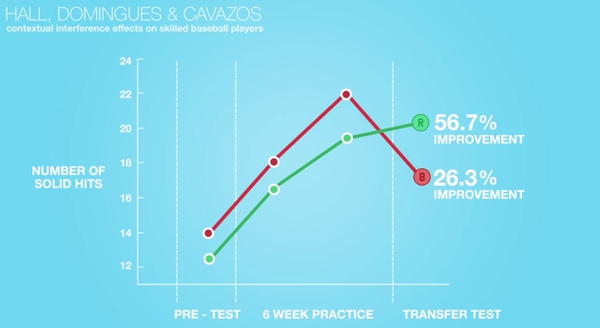IMPROVE MY GAME
Articles
Maximize On-Course Performance

The Missing Link
Have you ever wondered why you often play great shots on the driving range and practice area but can’t seem to take it to the golf course even after taking lessons? This is a common theme for many golfers who are missing the link to on-course performance. If you want to improve and maximize your performance on the golf course and not just at the driving range, it is important to find the source of your problems first by doing a skill assessment. It is necessary to test each skill and then provide an individualized practice plan that follows the four steps below. At our Academy, we do an on-course assessment that we turned into a skills contest as well as a scoring zone assessment from 100 yards and in. Once we see the snapshot of the student’s entire game, we can create an effective program that maximizes results by following the four steps below.
STEP ONE – Understanding Cause & Effect
This step determines which skill is costing you the most strokes, seek understanding what you are doing wrong, and identify what you need to do to fix it. Skill testing and tracking statistics is part of this step.
STEP TWO – Supervised Practice & Coaching
The majority of golfers don’t know how to practice effectively because they have never been taught. Finding a golf instructor or coach that offers skill testing and supervised practice is a great place to start.
What Effective Practice Looks Like
Henry Brunton’s book, High Performance Golf, explains the types of practice routines that are effective for training and improving a skill especially in competition. It states that the “frequency, quality and intensity of practice plays a huge role in building the skills and confidence necessary to perform successfully under pressure”.
- Blocked Practice: Practice hitting the same club and shot to the same target over and over again. It is an effective way for building skills and establishing motor patterns as long as you establish a precise target and use alignment sticks to ensure you are aimed correctly and engraining the pattern that you are trying to repeat. This should not be the only way to practice. It is important to have a goal in mind or focus for this type of practice. Avoid the “rake and hit” approach of going through the motions when practicing.
-
Random Practice: Practice hitting random shots using different clubs and targets frequently. The “54 Shot Challenge” developed by Pia Nilsson and Kjell Enhager is a great example of random practice. This challenge is where you take 54 shots, randomly changing clubs and targets after each shot. This type of practice is performed by the top players in the world and research shows that athletes that train using random practice techniques are likely to outperform those who employ only traditional blocked practice over time. (Below is a chart from Trevor Ragan of Train Ugly. Retention of Random Practice was basically twice as high than retention from Blocked Practice in a 1994 study conducted on baseball players throwing accuracy)

- Transfer Training: This type of practice is where the player simulates actual playing conditions just like playing in a tournament. This type of practice involves competitive games that involve pressure or imagining playing the actual golf course on the practice range or green going through the exact same routine, thoughts, and movements as if playing the actual shot you’re going to play on the course.
Creating a practice journal along with performance goals for each session is an effective way to track what works and the thoughts that take place when experiencing positive results. You can go back to your journal when you are struggling as a reminder of what thoughts and feelings that helped you perform at your best.
Why Traditional Training Doesn’t Work
High Performance Golf gives a list of problems why traditional golf training that you see at the majority of driving ranges across the country is ineffective:
- It’s not deliberate practice.
- Players are generally not mentally engaged (going through the motions thinking muscle memory will take place).
- Players are not encouraged to learn to perform golf skills in context of how shots are actually played on the golf course (No transfer training).
- Players depend too heavily on their instructors or coaches.
- There is too little practice of the pre-shot routine.
- Golf skills are taught and practiced under conditions very different than those during play.
- Their practice doesn’t simulate the competitive pressures involved in play.
- It promotes a false sense of confidence.
- There is little focus on reacting to targets.
STEP THREE – Transfer Training
Why is golf generally practiced on a different location than where the sport is actually played? This is why step three is so important for maximizing on-course performance. Transfer training is taking the same approach you would as if you are playing a competitive round of golf. Your process (pre-shot routine, thoughts, and how you play each shot) shouldn’t change from the driving range to the golf course. Transfer training that takes place at a driving range is effective as long as you are practicing from different lies that you will experience on the golf course and you are following the same process.
STEP FOUR – Playing with the Skill
The final step involves playing with your weakest skill while keeping score on the course. This is the process of actually executing the type of shot that you have been practicing under playing conditions on the golf course. If you want to see if you have mastered steps two and three for that skill you are working on, try playing in a local tournament and see if your shot holds up under pressure. When your nerves come into play and there is pressure on the line, it will expose your weaknesses.
If you do a skills assessment first to find out where you are weakest and then follow the four steps to maximizing on-course performance, you will shoot lower scores. It is similar to performing TPI screens to find out where the body is lacking mobility, stability, flexibility, and balance before building an effective exercise program. Otherwise, you are guessing and may never reach your potential and long term goals.

Sean W. Saunders is the owner of SWS Golf Academy in Springfield, MO. He specializes in working with men and women over the age of 40 as well as the competitive level golfer. He combined his education and experience in golf instruction as a PGA Professional and added fitness as an ACE Certified Trainer & TPI Level 3 Certified Fitness Professional. Website: www.SWSGolfAcademy.com TPI Profile: http://www.mytpi.com/experts/swsgolf@pga.com